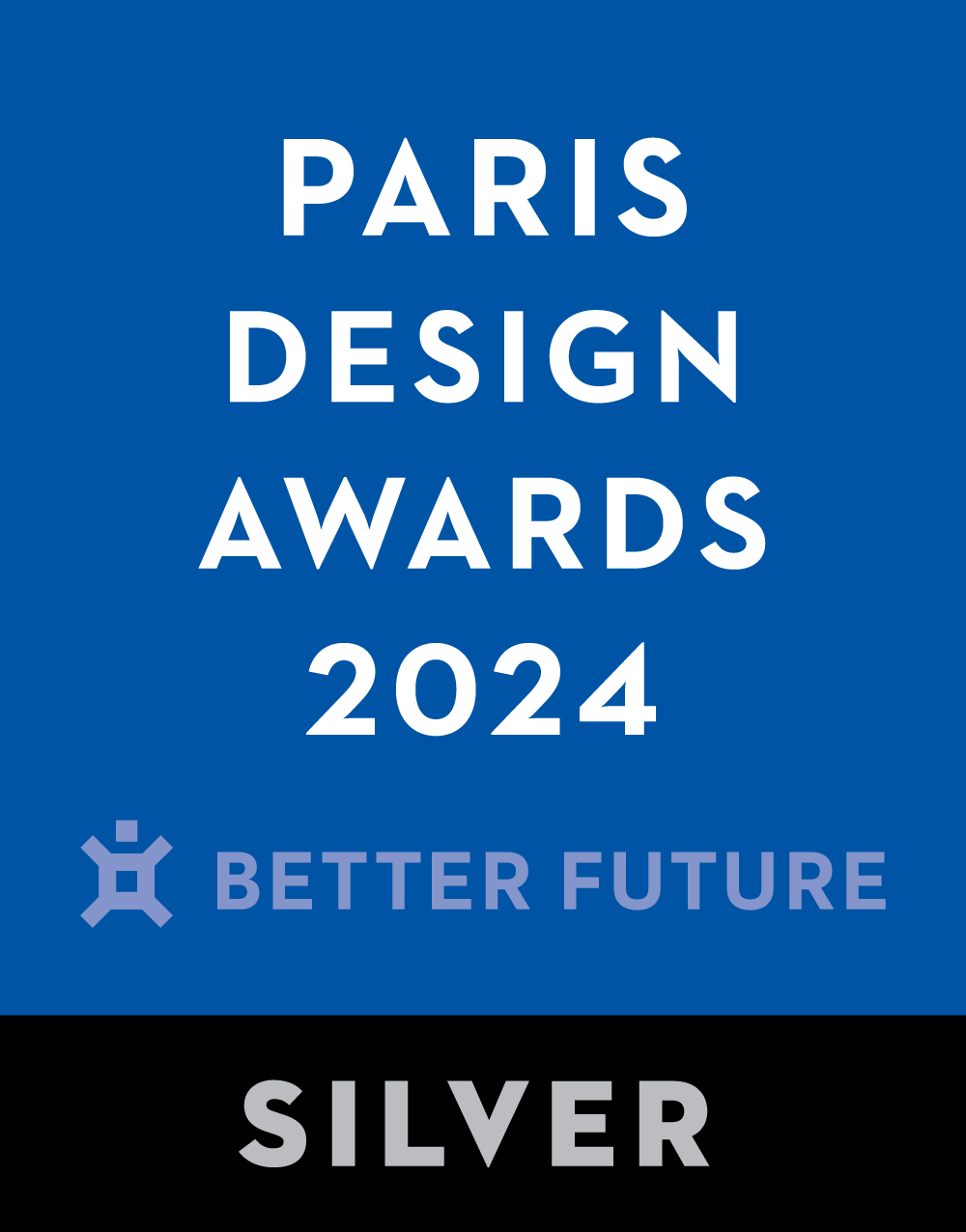









Image Credit : Photography: Shenyang Tupai Advertising Media Co., Ltd.

Project Overview
Nestled within the serene glass courtyard of the landscape, Glory of Galaxy- Could River Club employs the technique of "mountain-water panoramic windows" to create an immersive dialogue with nature, responding to and soaking in the poetic discourse of space.
Inside, a symmetrically designed framework establishes a strong ceremonial presence, with flowing cloud patterns and curved elements dissolving boundaries between architecture and nature. Transparent screens and glass create a visual synthesis, offering diverse visual experiences as perspectives shift. The central vertical elevator, infused with the essence of light through glass, undergoes a material transformation and plays with light, complemented by custom dynamic sculptures narrating the passage of time.
Project Commissioner
Project Creator
Team
Duan Youzhuo, Guo Xin, Yang Jiali, Wan Qingsong
Project Brief
Drawing inspiration from Ningbo's traditional art treasures, including "Secret Color Porcelain" and "Amber," we construct an artistic cultural space. Amber serves as the source, linking four themed spaces: Ritual Gold Amber, Natural Green Amber, Tranquil Luxury Brown Amber, and Mysterious Blue Amber. Expanding on this, the project seamlessly connects nine artistic spaces. Amber, symbolizing auspiciousness and nobility, is strategically placed in various functional areas, breaking conventions and exploring residential spaces, aiming to create a subtly luxurious showcase.
Project Innovation/Need
Drawing inspiration from amber, we create a work of art. This is the expression of Ningbo literati, where we extract traditional Ningbo artistic treasures, the 'secret color glaze porcelain' and 'Amber,' to construct an artistic and cultural space. Taking amber as the source, we connect four functional spaces: 'Ritual and Gold Amber,' 'Natural Green Amber,' 'Quiet Luxury Brown Amber,' and 'Mysterious Blue Amber.' It is like a four-act drama, with each act containing the storms of the era and the power of time, guiding us to the depths of time. From the perspective of environmental context, the sunken courtyard is a place of gathering and tranquility. Through this serene space, we aim to create a 'Urban Glory of Galaxy,' which represents contemporary art while integrating traditional local attributes, reflecting our inherent culture and sentiments. This is an inclusive and embracing masterpiece.
Design Challenge
The design incorporates a variety of new, innovative, and environmentally friendly building materials. The use of ultra-thin stone involves permeating glass fibers and penetrating resin into the interior of the stone, stabilizing the internal pores. The stone slabs, peeled from the original natural quartz mica, can have a thickness as thin as 0.5mm. On the back, a 0.5mm fiberglass-reinforced polyester is applied. PU stone, a lightweight, high-strength, waterproof, and fire-resistant alternative to traditional stone, is also utilized.
For a building to achieve green and sustainable development, it requires the use of renewable and recyclable materials. These materials not only contribute to environmental conservation but also help reduce construction costs and energy consumption. Meeting these design challenges demands innovative thinking, interdisciplinary knowledge, and practical experience from designers. Continuous exploration and research into new design concepts and technological approaches are essential to create a more beautiful and sustainable life for humanity.
Sustainability
Sustainability in design can be demonstrated in various aspects:
Ecological Conservation: During the design process, efforts can be made to minimize the impact on the ecological environment. This includes adopting design approaches focused on ecological restoration and regeneration to safeguard the stability and diversity of ecosystems.
Natural Ventilation and Lighting: Incorporating designs for natural ventilation and lighting helps reduce reliance on artificial lighting and mechanical ventilation. This promotes energy efficiency and diminishes the environmental footprint.
Space Optimization: Embracing the principles and methods of space optimization involves strategic planning of space layouts and flow designs to enhance both space utilization and comfort.
In conclusion, reflecting sustainability in interior design requires designers to possess innovative thinking and interdisciplinary knowledge. Continuous exploration and research into new design concepts and technological approaches are essential. By implementing sustainable design practices, it is possible to create living environments that are more environmentally friendly, energy-efficient, and comfortable.
Interior Design - International Sales Center
This award celebrates innovative and creative building interiors, with consideration given to space creation and planning, furnishings, finishes, aesthetic presentation and functionality. Consideration also given to space allocation, traffic flow, building services, lighting, fixtures, flooring, colours, furnishings and surface finishes.
More Details

